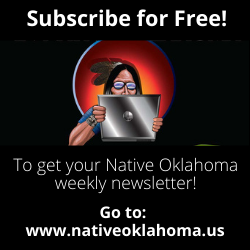

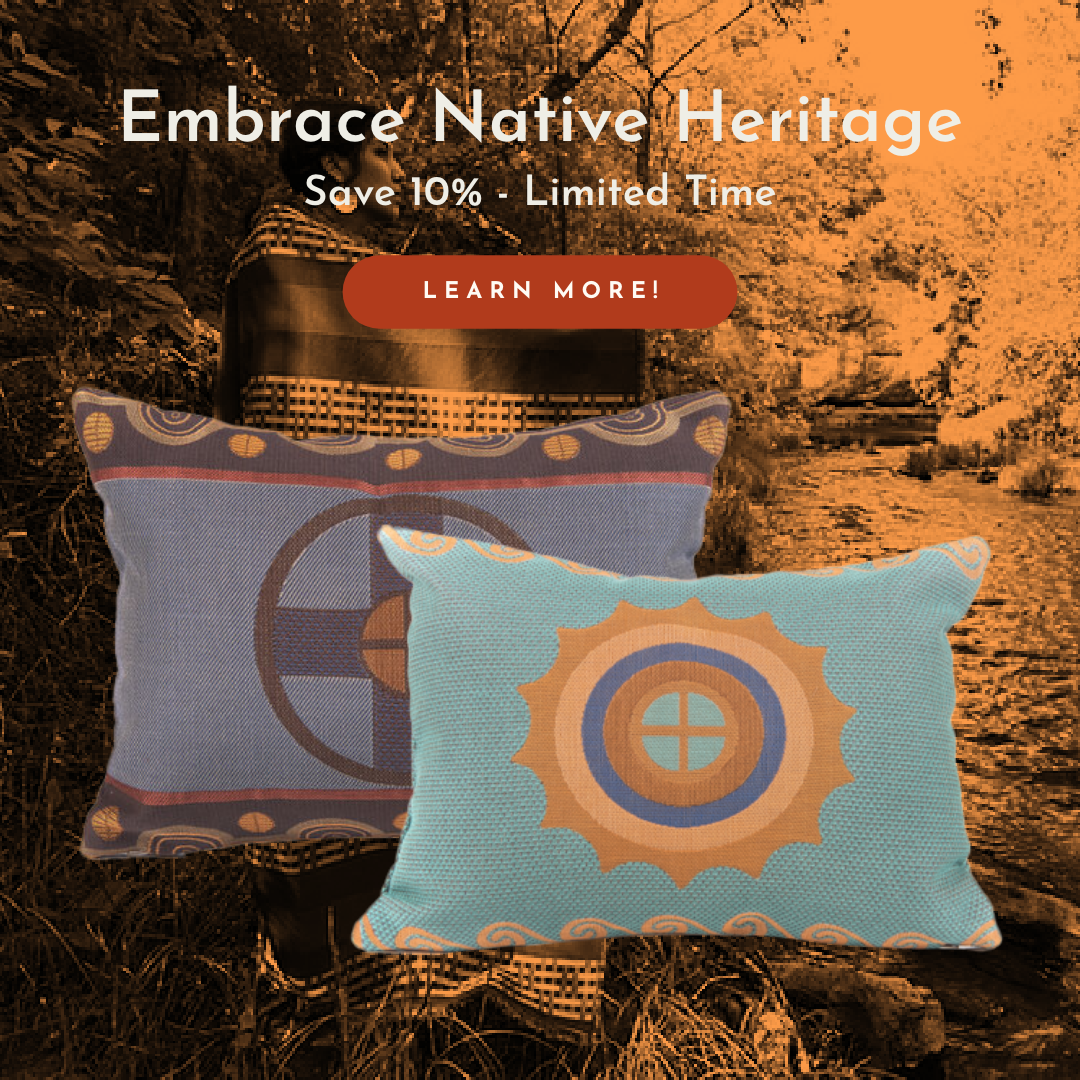
First American foster children need safe, nurturing homes
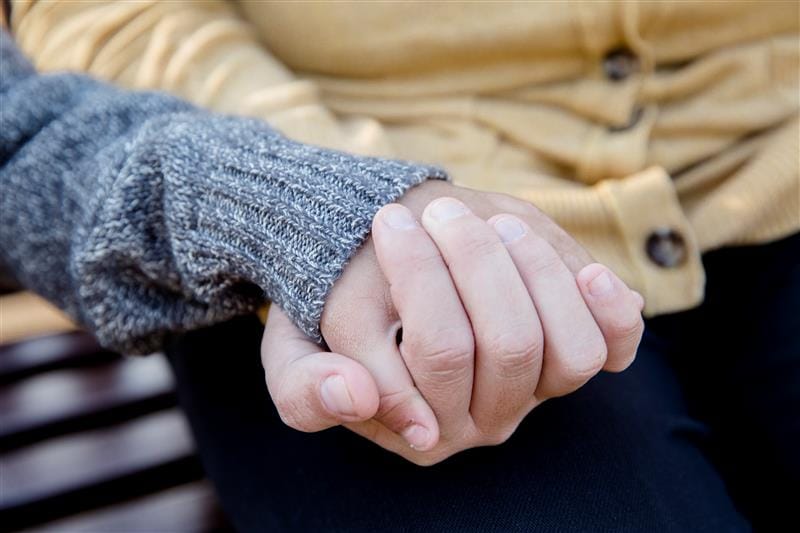
The Chickasaw Nation is calling attention to the need for additional foster care providers.
Joni Wellington, Chickasaw Nation Director of Family Preservation, says the supply of available foster homes does not meet the demand for children needing them.
“We are always needing more homes,” Wellington said. “Right now, all of our homes are full, and we could double those.”
The Chickasaw Nation Foster Care Program was developed to provide temporary or permanent care for First American children placed into tribal or state custody.
The program seeks applicants who meet the tribe’s certification requirements to provide First American children with safe, nurturing and culturally appropriate homes. Prospective foster home applicants must be at least 21 years of age, undergo a background check, be a member of a federally recognized tribe, live in Oklahoma, and be able to financially support themselves and provide a safe, stable, loving and nurturing environment for the child.
“Most of our foster parents are First American, but we can open a non-First American home if it is a relative/kinship home,” Wellington said. “Many are Chickasaws, some are from other tribes.”
Wellington said there are approximately 35 available homes willing to accept children from the Chickasaw Nation’s foster care program, about half of which are considered “traditional” homes. She said traditional homes are available to take placement of any child who needs foster care services.
“The remainder of the homes we currently have are considered kinship/relative homes,” she said. “Those are homes that have typically opened for a particular child, or a sibling set because they are a blood relative or have an existing relationship with the child before the child comes into custody.”
She said such homes often belong to a relative, teacher, coach or family friend who has a previous relationship with the child.
Recruitment efforts geared toward securing new foster parents take many forms, including distributing brochures at tribal public events, and visiting schools and medical clinics.
“We distribute brochures anywhere there might be prospective foster families,” Wellington said.
“We recently sent out recruitment postcards to all Chickasaw homes in Oklahoma asking for contact information for anyone who was interested.” Wellington said four applications resulted from the effort.
“We’re really excited about that,” she said. “We would love to have 60 homes so that we can place children in safe, loving homes that are a good fit for each child’s needs.
“You have to celebrate those little things, and we do have success stories about families who go through recovery, do well, are reunified with their children and thrive. Even if you can’t reach the parents, you can reach the children and, as they get older, they will break that cycle.”
Those interested in becoming a foster care provider with the Chickasaw Nation, contact Chickasaw Nation Foster Care Services at (580) 310-7900 or visit Chickasaw.net/Foster.
Choctaw Nation Unveils ‘Eternal Heart’ Sculpture
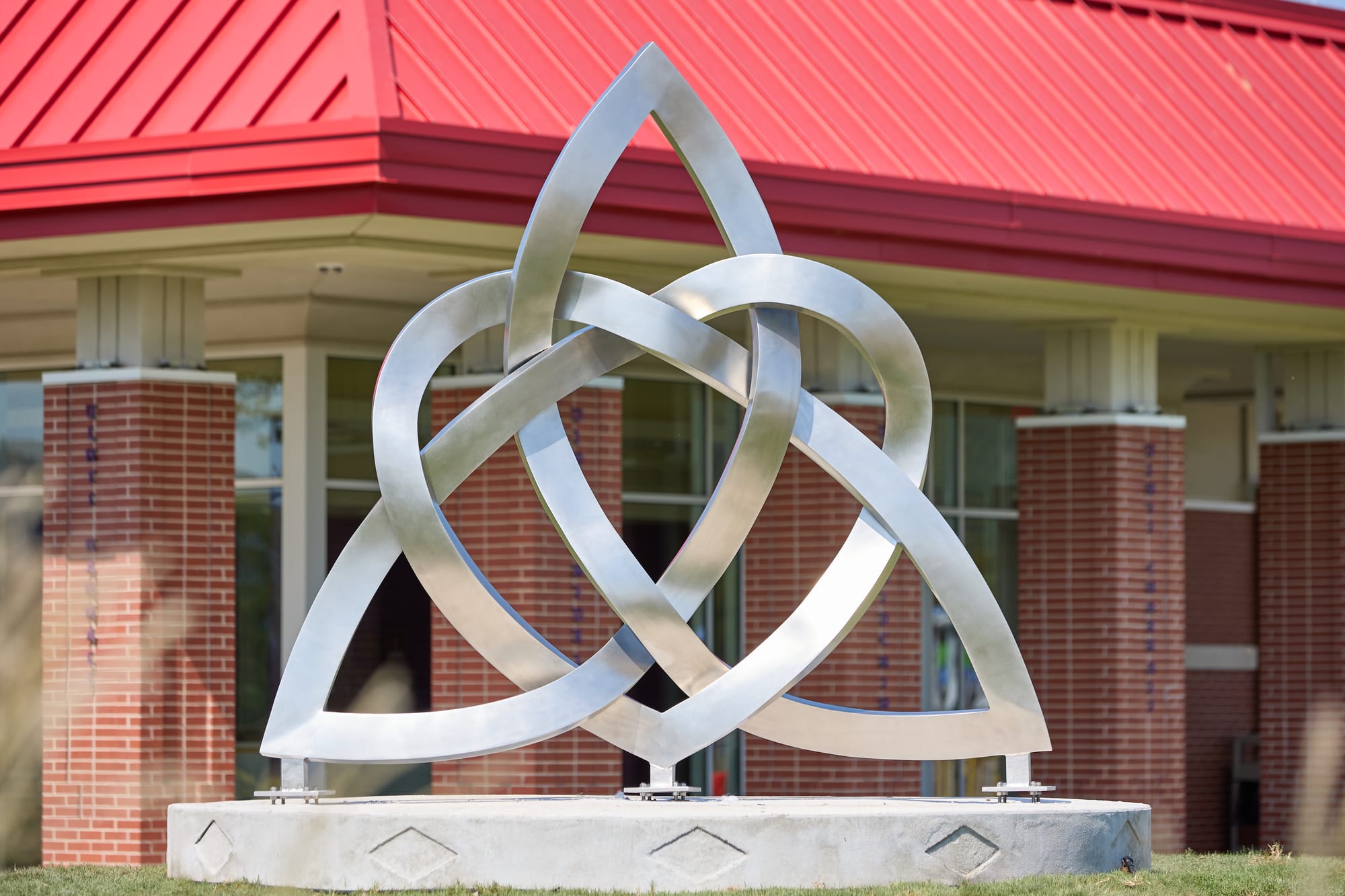
8-foot-tall piece honors Choctaw-Irish connection
TVSHKA HOMMA, Okla. (Aug. 30, 2024) – Choctaw tribal members, tribal leaders, and dignitaries from Oklahoma and Ireland gathered at the Choctaw Capitol Grounds on Aug. 30 to unveil a new sculpture honoring the Choctaw-Irish connection. The sculpture was a joint commission, funded by the Government of Ireland and the Chahta Foundation.
Built by Choctaw Nation tribal member Samuel Stitt, the 8-foot-tall sculpture combines a Celtic trinity shape intertwined with a heart and is specifically placed facing toward Ireland.
The "Eternal Heart" sculpture was designed to honor the eternal bond forged between the Choctaw Nation and the people of Ireland.
"There is no beginning or end to the overall piece – thus, it is eternal," sculptor Sam Stitt said.
During a ceremony, Choctaw Nation Chief Gary Batton said, "We are grateful for the giving hearts of our Choctaw ancestors that brought us here today. We are excited to see what this eternal bond will bring to future generations of Choctaw and Irish, and we are extremely proud to call the people of Ireland our friends and kindred spirits."
Although separated by thousands of miles, these two nations are forever entwined because of an act of kindness that transcended time and distance almost two centuries ago.
Irish Minister of State Thomas Byrne T.D. said:
“This memorial will be a permanent symbol of the enduring and meaningful friendship between our two nations, a relationship which began with an act of solidarity and extraordinary generosity during the darkest years of the Great Irish Famine.
“This unveiling is an important opportunity to reflect on the tragic events of our past and to remember the remarkable humanitarian efforts that forged the bonds of friendship between our nations.”
In 1847, the Choctaw Nation, having recently endured the arduous journey known as the "Trail of tears," selflessly came together to raise over $170 (equivalent to $5,000 today) to support the Irish during the Great Famine. The Choctaws’ heartfelt donation was sent to Midleton in County Cork, providing much-needed relief to the Irish.
Decades later, the people of Midleton discovered the true significance of this act of generosity. They realized that the Choctaws, at the time of their donation, were also rebuilding their society and government after their own painful displacement. This shared experience of resilience and compassion laid the foundation for a lasting friendship.
In 1995, then Irish President Mary Robinson visited the Choctaw Nation to express gratitude and rekindle the friendship between the two nations. During the visit, President Robinson was appointed “Honorary Chief of the Choctaw Nation.” This historic visit marked the beginning of a renewed commitment to honor the bond forged by the Choctaws' selfless act. In 2017, the "Kindred Spirits" sculpture, designed by Irish artist Alex Pentek, was erected in Midleton, serving as a permanent reminder of the enduring connection between the Choctaw Nation and Ireland.
Over the years, the Irish and the Choctaws have continued to honor this sacred bond through various acts of generosity. In 2020, amidst the global COVID-19 pandemic, the Irish people once again demonstrated their unwavering support by providing aid to Native American tribes severely impacted by the crisis.
“It is a great honor to have a hand in exemplifying the Choctaw-Irish connection through my art,” said Samuel Stitt. “The Choctaw culture of giving and caring for others is passed down to each generation. The ‘Eternal Heart’ is an artistic interpretation of how the Irish people and Choctaw Nation will forever be connected by that human characteristic of compassion – one people for another.”
The unveiling of the "Eternal Heart" sculpture serves as a reminder of the power of compassion and solidarity and stands as a testament to the enduring friendship between the Choctaw Nation and people of Ireland.
About the Choctaw Nation
The Choctaw Nation is the third-largest Indian Nation in the United States with almost 230,000 tribal members and 12,000-plus associates. This ancient people has an oral tradition dating back over 13,000 years. The first tribe over the Trail of Tears, its historic reservation boundaries are in the southeast corner of Oklahoma, covering 10,923 square miles. The Choctaw Nation’s vision, “Living out the Chahta Spirit of faith, family and culture,” is evident as it continues to focus on providing opportunities for growth and prosperity. For more information about the Choctaw Nation, its culture, heritage and traditions, please go to https://www.choctawnation.com/.
KOSU was at the Cherokee National Holiday. Here's what our reporters heard
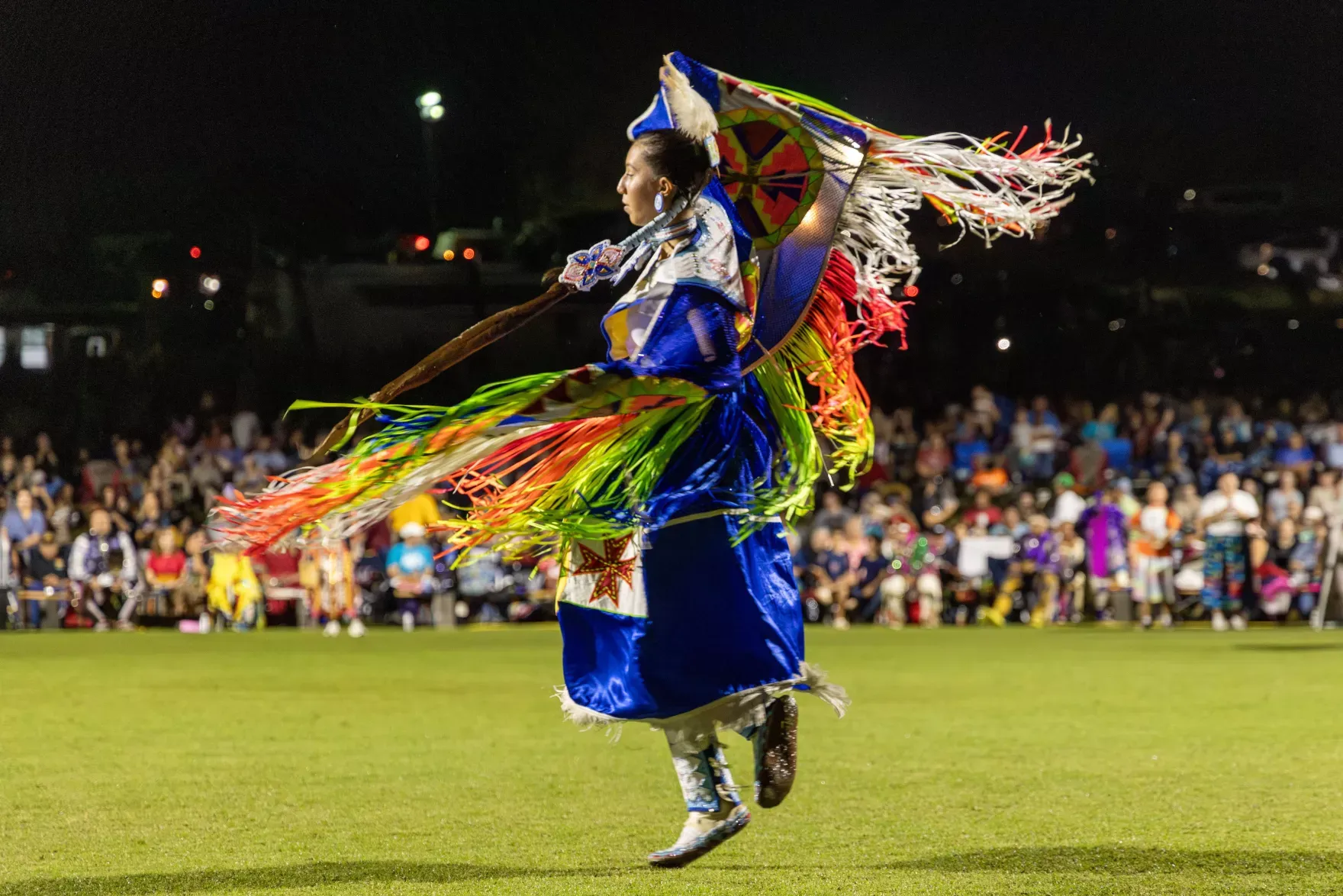
By Katie Hallum, KOSU
The 72nd Cherokee National Holiday kicked off on Friday in Tahlequah over the Labor Day weekend.
The three-day event draws an average of 160,000 visitors per year for what is considered the official Cherokee homecoming and reunion.
The celebration marks the signing of the Cherokee Constitution in 1839, which brought two factions of Cherokee people together under one system after their forced removal and is meant to commemorate the unity of Cherokee leaders at the time.
This year’s theme, “Weaving our Future,” was designed by Cherokee National Treasure and artist Dan Mink. It is about the Cherokee tale of the water spider and showcases how all 450,000 Cherokee citizens weave together a positive future.
The event featured the annual parade, craft vendors, art shows, traditional games, fellowship and an inter-tribal powwow.
At the State of the Nation Address on day two of the celebration, Chief Chuck Hoskin Jr. revealed multiple future projects for the Cherokee Nation, including multi-million expansions in housing, infrastructure, business, education and healthcare.
Additionally, Hoskin addressed the tensions between the state government and the tribe, calling for strength and resilience among Cherokee people.
“In our time, with all the blessings we have, with all the progress we’ve made, with all the strength we’ve built up, with the wind at our back, let us feel that same sense of urgency,” Hoskin said during the address. “[Let us feel] that same unity and purpose and move boldly into this year.”
